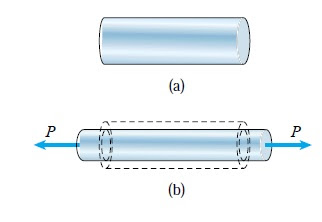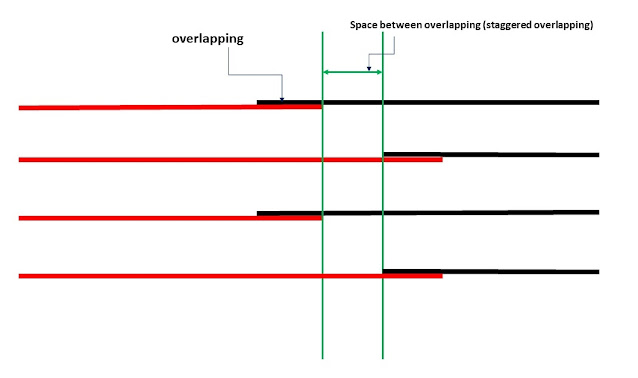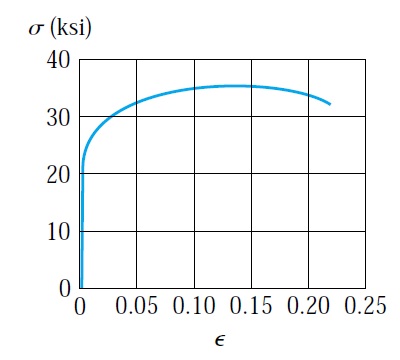Poisson's ratio
if we stretch a rubber band. the length of the rubber will increase. on the other hand, the diameter will decrease. increase in length represents the axial strain. the decrease in diameter represents the lateral contraction. if we applied a uniaxial tension load for materials such as prismatic steel bar. tension load will cause axial strain and lateral strain normal to the direction of axial load. the lateral and axial strain will be proportional if the applied stress within the elastic region. for steel stress within the elastic region, the amount of lateral strain will be small and not visible. figure no:1 illustrating the concept. figure 1-a shows a prismatic bar prior to loading. figure 1-b shows the bar after loading. we can notice the increase of bar length(axial strain) and the decrease of bar diameter(lateral contraction)
Figure 1
ν=-(ε'/ε)
where
ν=is the Poisson's ratio
ε'=is the lateral strain
ε=is the axial strain
the minus sign is added to compensate for the fact that axial and lateral strain is opposite in direction always. if we compressed the bar. the opposite will occur. if the Poisson's ratio for the material is known. we can use the equation above to obtain the axial strain if the lateral strain is known and vice versa. the above equation applicable only if uniaxial stress is applied in the axial direction. Table showing the value of Poisson's ratio for a group of materials
Table 1

















Comments
Post a Comment